INTRODUCTION
Hi, I am Damien Rohrbach. I am jeweler and a 3d artist from Switzerland and Mexico. 3D was my passion since my childhood when I first used Sculpt 4D and Real 3D on Amiga. I started teaching jewelry and design in 2004 (I studied a jewelry apprenticeship for 3 years non-stop, then I worked for a year as an independent jeweler. I was also a painter for 6 years already). At that time, I was teaching, using 3D Studio Max. The public's curiosity was so great that I made exhibitions of digitally printed 3d jewelry posters. Shortly after, I created and established the CADJ in Mexico City (Art & Design Jewelry Center, which was closed in 2019). The productivity, quality, and creativity shared there made noise at international level. Unknowingly I was a pioneer, 3D printing was a NASA thing, but 3D renderings were already mind-blowing enough to keep me on that path.
In 2012, I became a Gravotech 3Design CAD school and an expert instructor, surely a nice achievement for me, my school, and my students. Indeed, it was supposed to consolidate the entire pedagogical project... but life has mysterious and ironic ways––I was losing students: 3Design CAD being in the top 3 tiers of jewelry software, surely has a price that matches its power, which was useless to the vast majority of my students. I had to find a solution, and that's how I naturally found Blender.
BACKGROUND
Nowadays, life released me from my teaching duties (the school closed its doors to the public), and I am mainly dedicated to 3D jewelry modeling and design for private clients. I guess childhood dreams do come true after all.
But beware: 3D jewelry design has special challenges compared to other industries. We are not game developers, we are not character artists, we are not product designers, we are not architects––even if we share technical grounds with all of these professions, we are jewelers, and too many people fail at understanding that jewelry is a very technical field that must be studied for years to succeed as a professional. When modeling 3D jewelry for 3D printing, you require all the real jewel factors like weight, thickness and gemstone setting precision, plus all the metal casting and mold-making requirements and, of course, the 3D printing process requirements, just to mention a few.
Jewelry is a 2,3 or 4-year career, and master jewelers have at least 12 years of field training if they have the ability. It is something I always remind people of because thousands of people have told me how they failed at jewelry design. Well, 3D jewelry design is a niche in a niche market––you have to be a jeweler, then a jewelry designer, and then a 3D artist altogether.
BLENDER FOR DESIGNING 3D JEWELRY
The different styles and types of objects considered as jewelry are very broad, and so is jewelry design: Blender is very good at diversity. And in my workflow, I don't even need to use addons. I know some people think Blender is not precise enough, not CAD enough, but I think it really depends on your approach, and if you think it is a software problem, well then there are addons or you can always create one or upgrade Blender yourself (many software don't let you do that).
Now about my workflow. I mainly rely on 3 aspects: Bézier curves, Mesh Modeling and Sculpting. With that, you can create everything you face (it's comparable to Cézanne saying that you can draw anything using cubes, spheres, cylinders, and cones). And to that, add modifiers to help you achieve non-destructive precise geometry that you can adjust when necessary, of organic or very precise kinds. You can also add geometry nodes to create even more procedural jewelry.
CLASP JEWELRY
Take the example of these high jewelry clasps; the tolerance for the precision here is almost zero.
If these don't come out perfectly cut out, the mechanism simply doesn't work, and the client won't give you many chances to correct them or simply won't pay you, noticing that you don't have the ability to produce such precise designs.
These clasps are designed mainly using the mirror modifier and exact numerical entries, some booleans, and that's it. People generally fail to understand that complexity does not arise from complexity. Rather, it arises from simplicity, the simplicity of the tools.
SOLITAIRE RING
Here is another example: a solitaire ring. Classic diamond set in 6 prongs chaton with modern styling. Here, you can see the base mesh for the entire body, and you can even count the vertices––32, yes––32 vertices to create the shape of the ring’s body.
Modifiers: Shrinkwrap, solidify, mirror, bevel, subdivision, remesh, smooth. You’ve got to love the power of modifiers.
I know many people would like it to be more complex, that some magical addon, secret technique, or tool were to be involved, but that's all there is, 32 vertices to model a ring.
FIGURINE JEWELRY
Here is one last example, a religious figurine. This model is the perfect example that involves everything I mentioned at the beginning: Bezier curves, Mesh modeling, and Sculpting.
All the hair is made using beveled Bézier curves. The hair is a good example of why I mentioned that we are not game artists or character designers, because obviously if you would have to properly texture and animate the hair, this would be a completely different story. Here, we need to create solid hair for 3D printing, so the problems we face are very different.
Sculpting a thing that will be cast and then polished in gold is something you will never understand until you see the finished jewel in real life. That's why I always insist that you have to be a jeweler first and polish gold yourself. What you see onscreen is far from what you will see in real life in gold: sometimes it might look ugly or pretty onscreen but once printed at 2 millimeters, what expression will that face show? Your rational mind can't figure that out, only real-life practice.
The embroidery of the cloth is an object with array and curve modifiers. Here, of course, it is not that easy to create the curves alongside the cloth, but use the shrinkwrap modifier and you will be fine.
Then, the silk cloak is made with mesh modeling and some modifiers. At this point, you should already know what modifiers were used without me telling, but I am telling because they are even less than earlier: solidify, subdivision, and then simple deform to adapt the shape a bit.
Here is the render with the picture of the model casted in real life in 14K white gold. The real size is 5 centimeters and the weight is around 50 grams.
MORE JEWELRY DESIGNS
Also, don't forget that professionals always use several software to make it work. In my case, I often use 3Design CAD also, as it is faster for some types of designs and adjustments. But then I will use Blender to correct some details or because Blender can be faster, easier, and more powerful at some tasks, especially when preparing the models for 3D printing and optimizing the geometry or when I have to sculpt many details on the jewels.
I could go on and on with many other examples because jewelry is indeed very vast, and there are so many different materials and techniques that are used to create jewels, that it goes way beyond the scope of this short article. Most of my designs are 3D printed and manufactured in precious metals and gemstones, but that's after making jewels by hand for decades (also using many other materials: wood, paper, resin, clay, and fabric...).
LIGHTING, RENDERING AND MATERIALS
One HDR, that’s all you really need. Then maybe some light sources, like area lights to get reflections on the gemstones, and some dramatic shadows here and there. But a problem will arise that CYCLES can't handle the dispersion of the gemstones. You will find that LUXCORE or OCTANE do that very well, but slowly, with a lot of quality added, and for your renders, it will be great, but for animations? You will come back to CYCLES.
You will test many node trees to find simulated dispersion, but that won't work that well. Then you will render your gemstones with another render engine and compose them with your CYCLES renders, and they will look great, but it will be too much to have a pleasant workflow for animations. So, you will come back to CYCLES X, and find the best tricks to simulate dispersion. I can't show the tricks I use because of my clients. But as always, I can tell you that they are no fancy tricks.
See the gold material by example, that's the one I use, and you don't need much more. Also, one thing that is for sure, is that I haven't spoken about matching real photography or real video footage with 3D jewelry. For that, you will need LUXCORE. But that's out of our scope.
If you like gemstones, I made an entire collection of procedural realistic minerals into an asset for CYCLES and OCTANE on Blendermarket.
After many failures, the fact that making jewelry photography is difficult will hit you hard. You can make it a job, a product photographer specializing in jewelry photography. If it's only about jewelry as a catalog product, fine, it's boring and hard work. It’s hard to get reflections and the colors of the gemstones, and your backgrounds will have to be white 98% of the time, just because of industry. 3D jewelry rendering is much the same.
3D JEWELERY
But after that, you will see that jewelry rendering becomes a 3D art in itself, beyond jewelry and design. See, the problem here is that the real work is to make the jewel. What generally makes a jeweler a good jeweler is that he makes jewels well, pretty jewels that sell. Then the hard work is to design, to invent new attractive and original shapes for jewels. So normally you become famous for designing and making one-of-a-kind award-winning jewels, made in real gold and gemstones. And then when you make 3D jewelry rendering, people won't care much about that, about the design itself.
Many times, the 3D artist making the rendering and animation is not the same person. That's how some studios work, as they do specialized rendering for jewelry businesses, using a lot of premade sets and breaking the market. And that's creative death.
And so, my profession as a jeweler evolved, making new roots in the 3D art field, slowly shifting, creating 3D worlds around the jewels, and living between them.
About the Artist
Damien Rohrbach, a jeweler and a 3d artist from Switzerland and Mexico. He is always developing tutorials, 3d art and jewelry designs for his own brands and private clients.

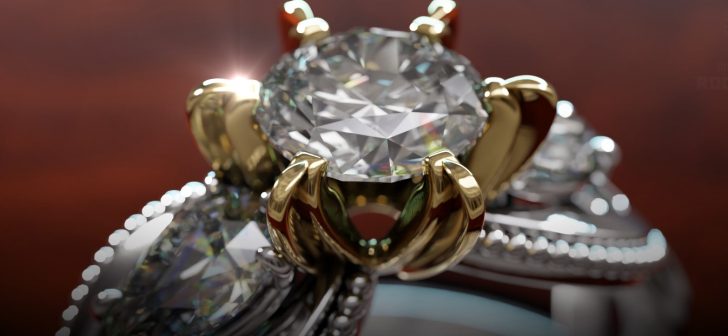

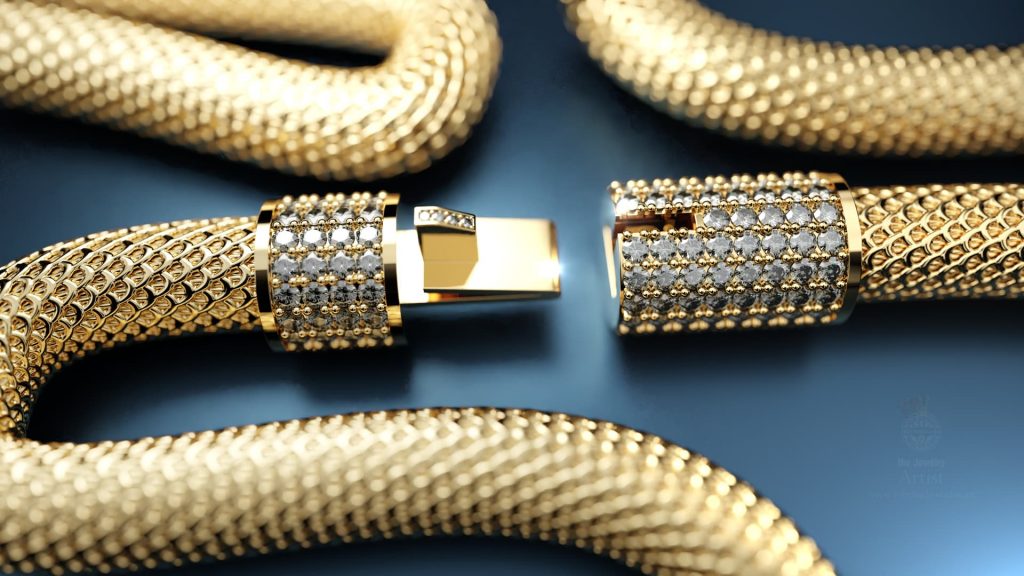
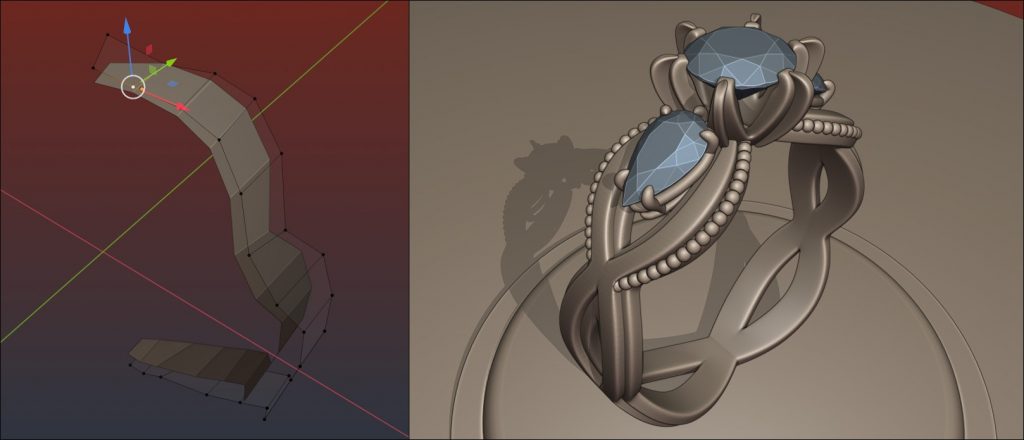
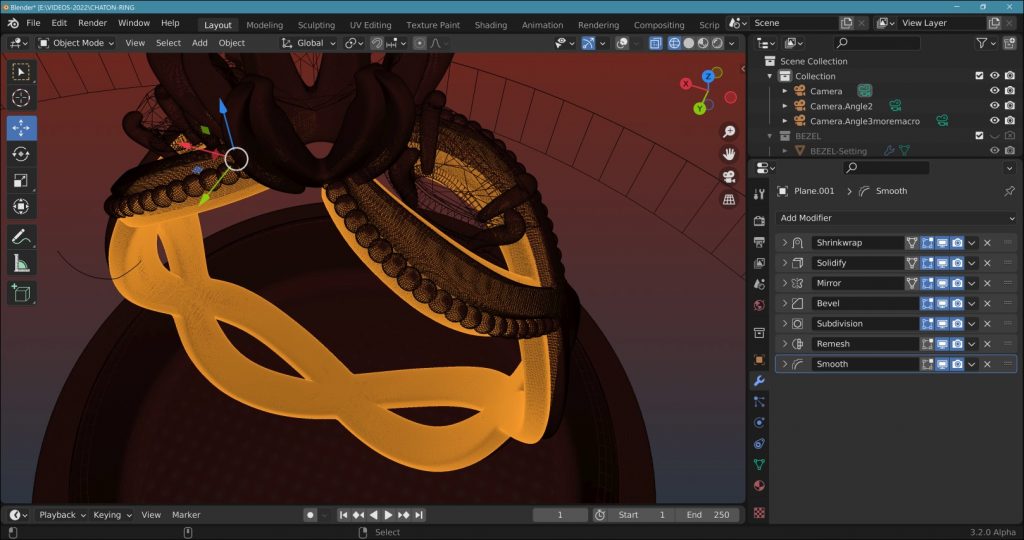
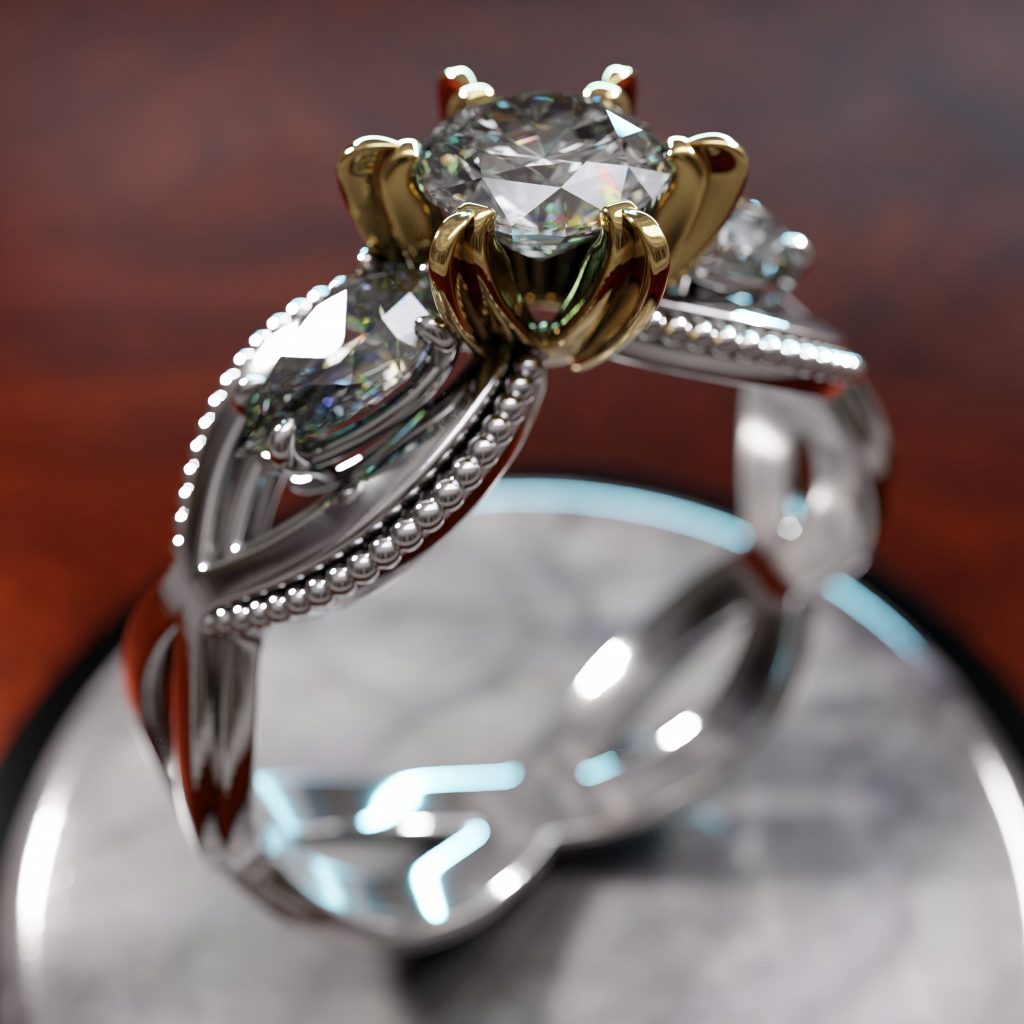
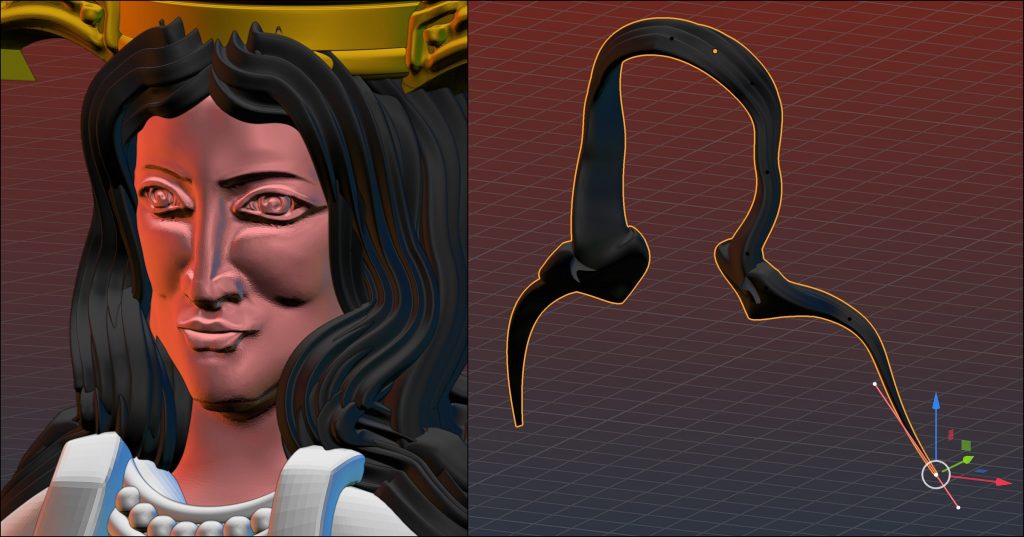
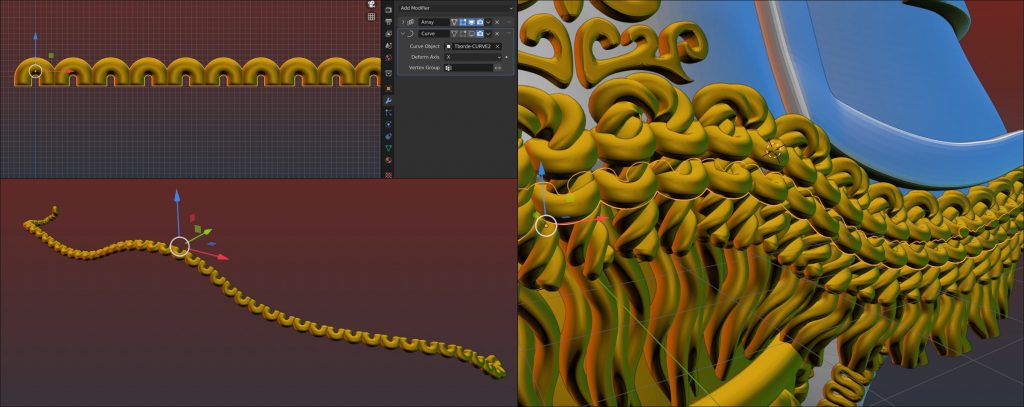
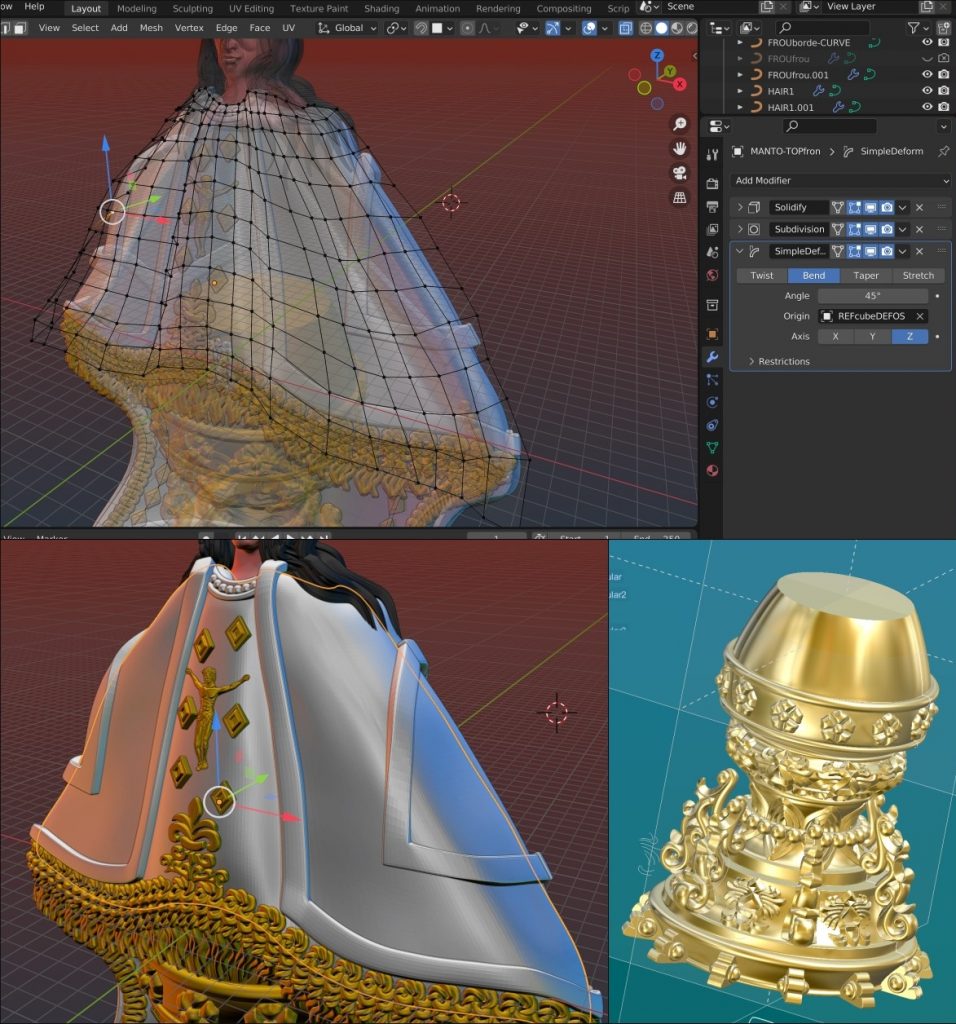
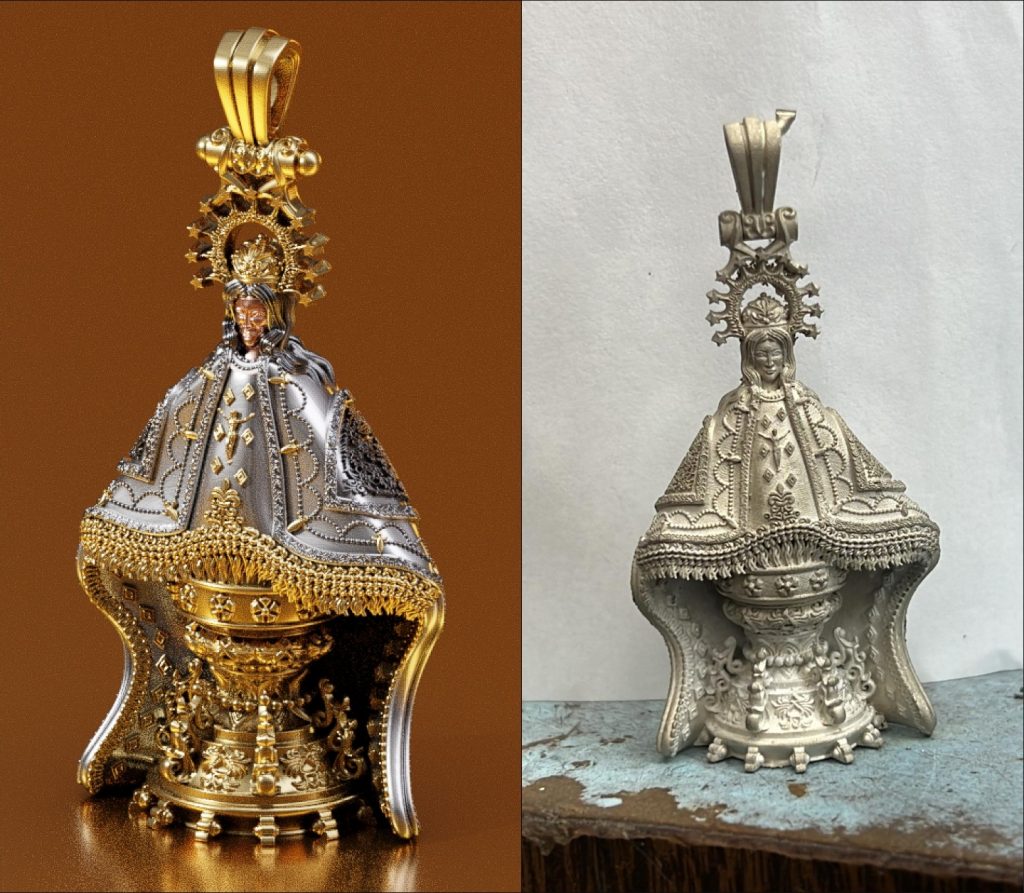
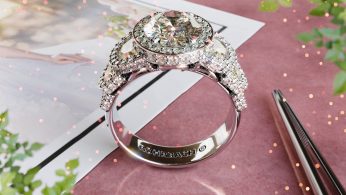
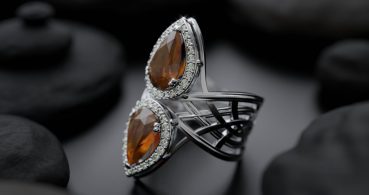
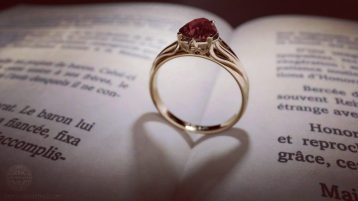
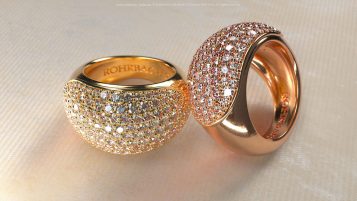
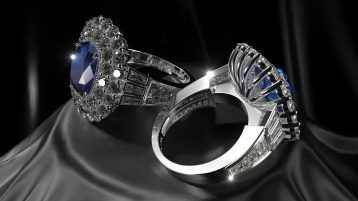
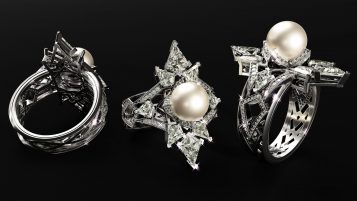
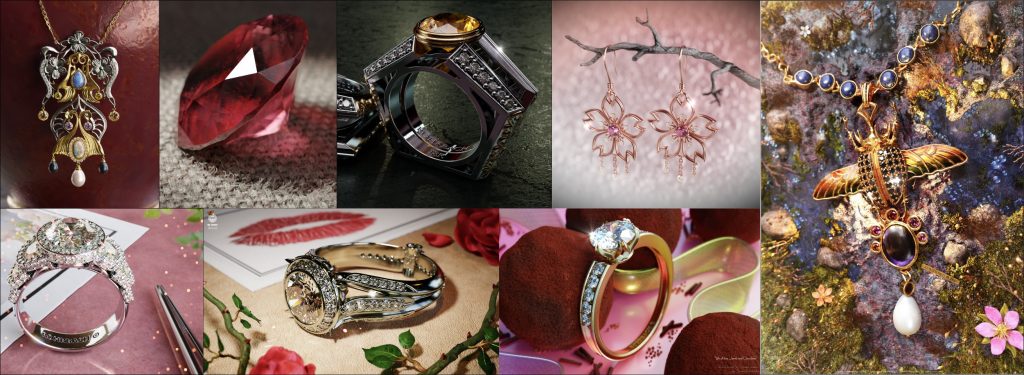
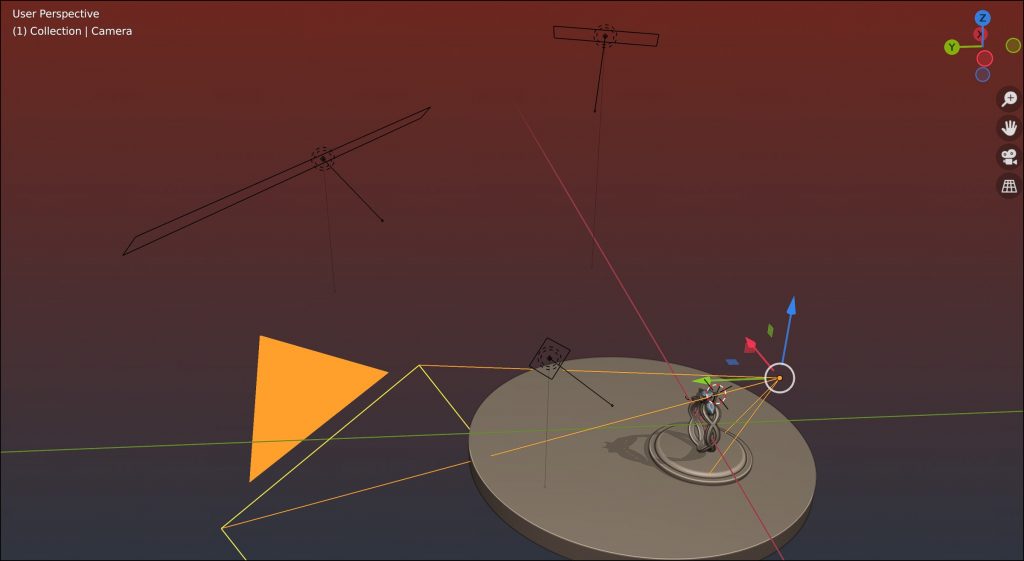
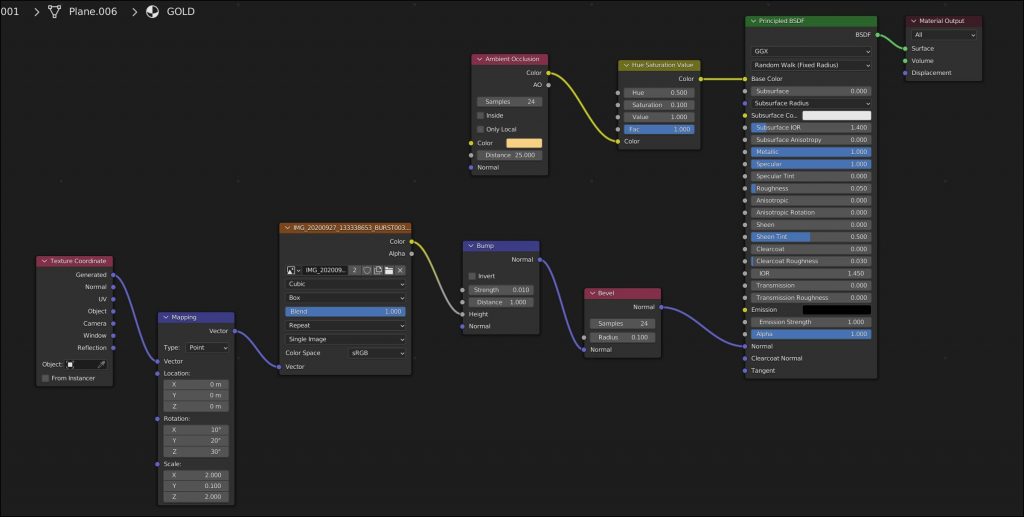
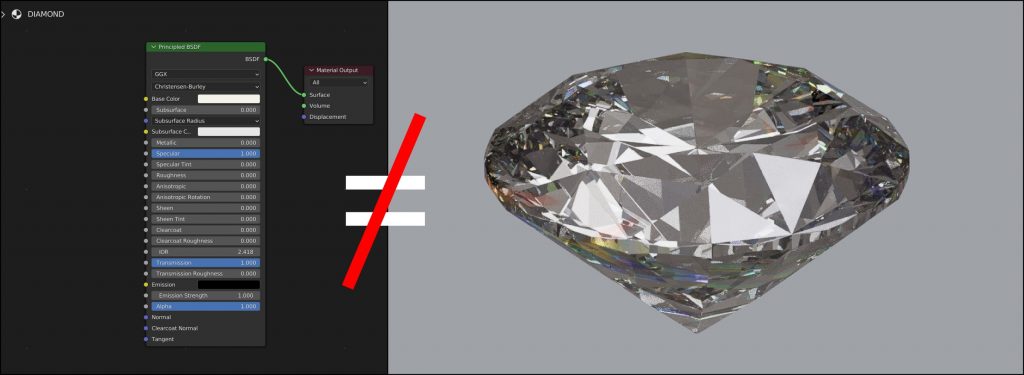



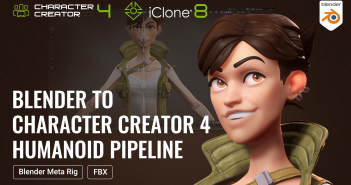
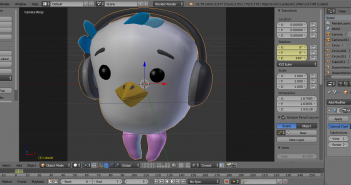
1 Comment
Great writeup!